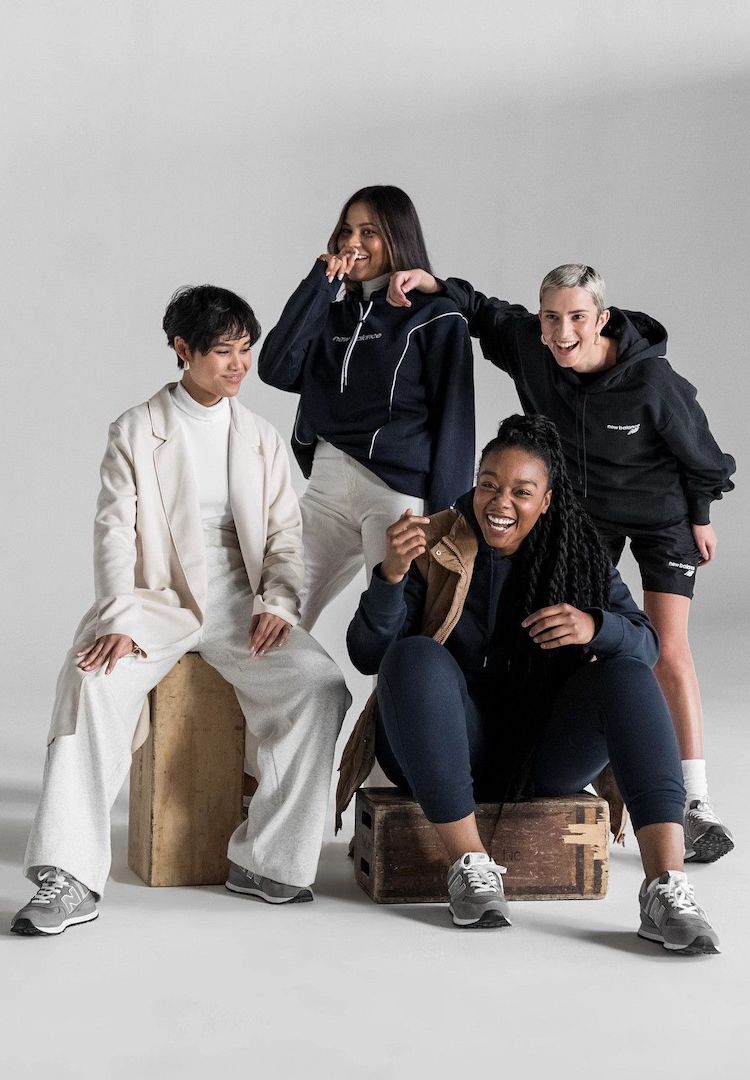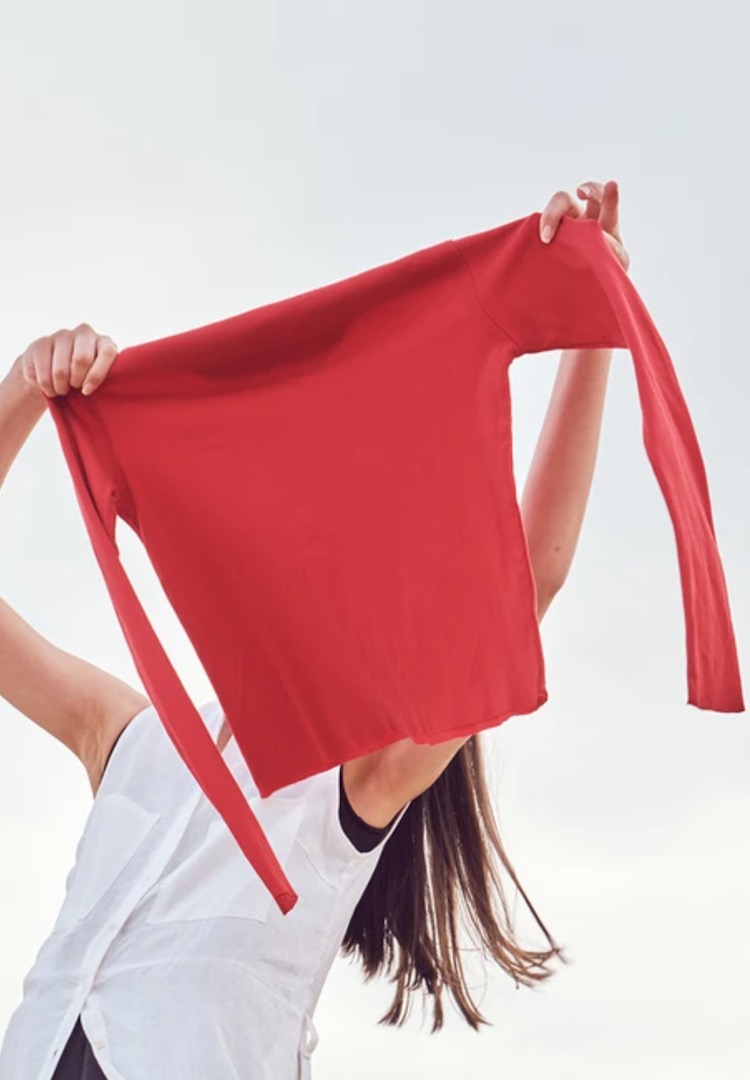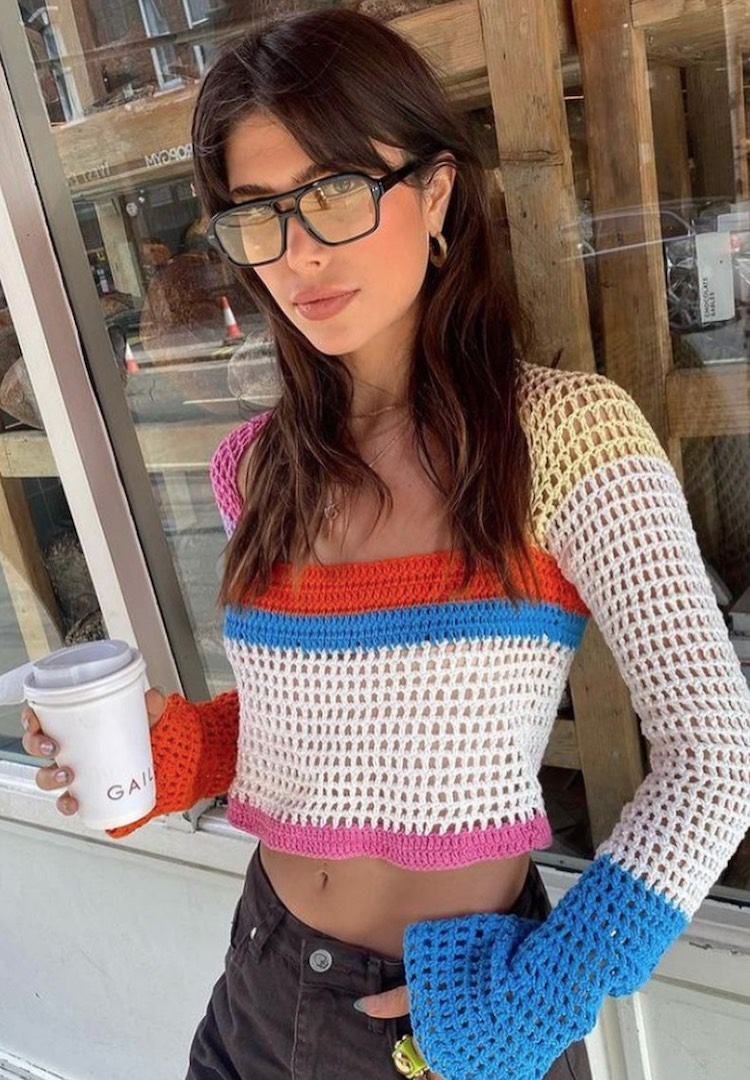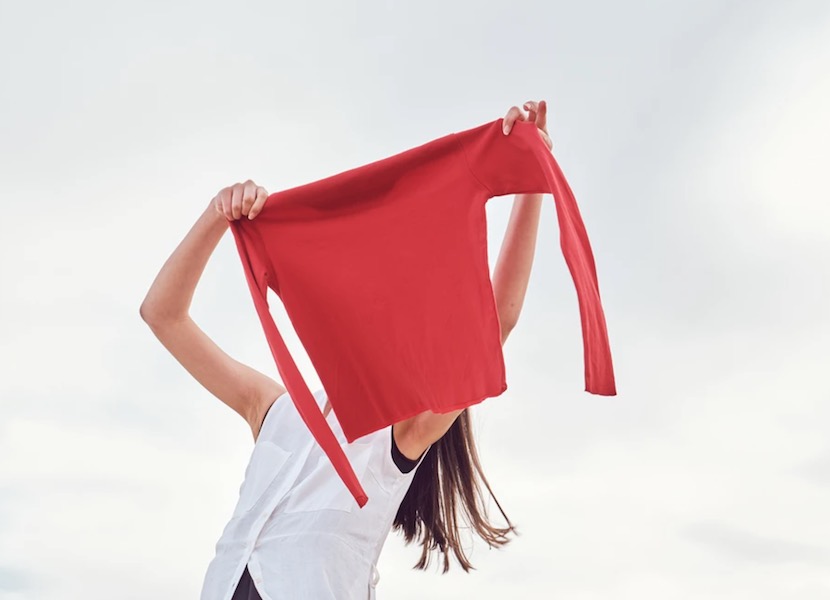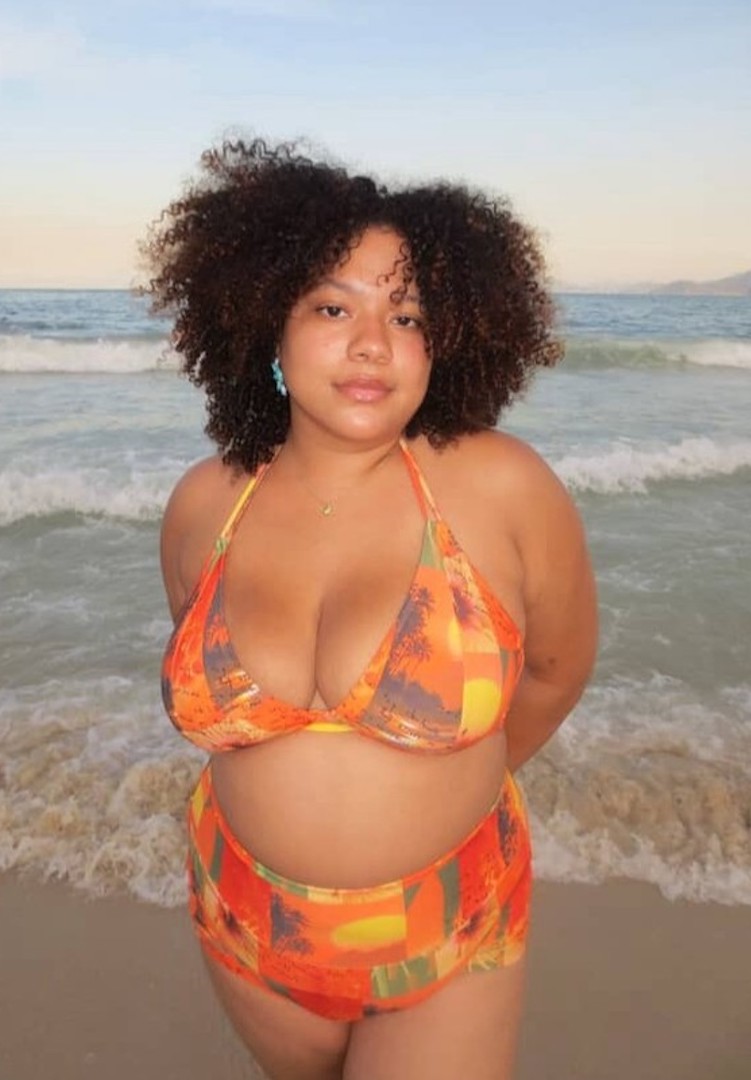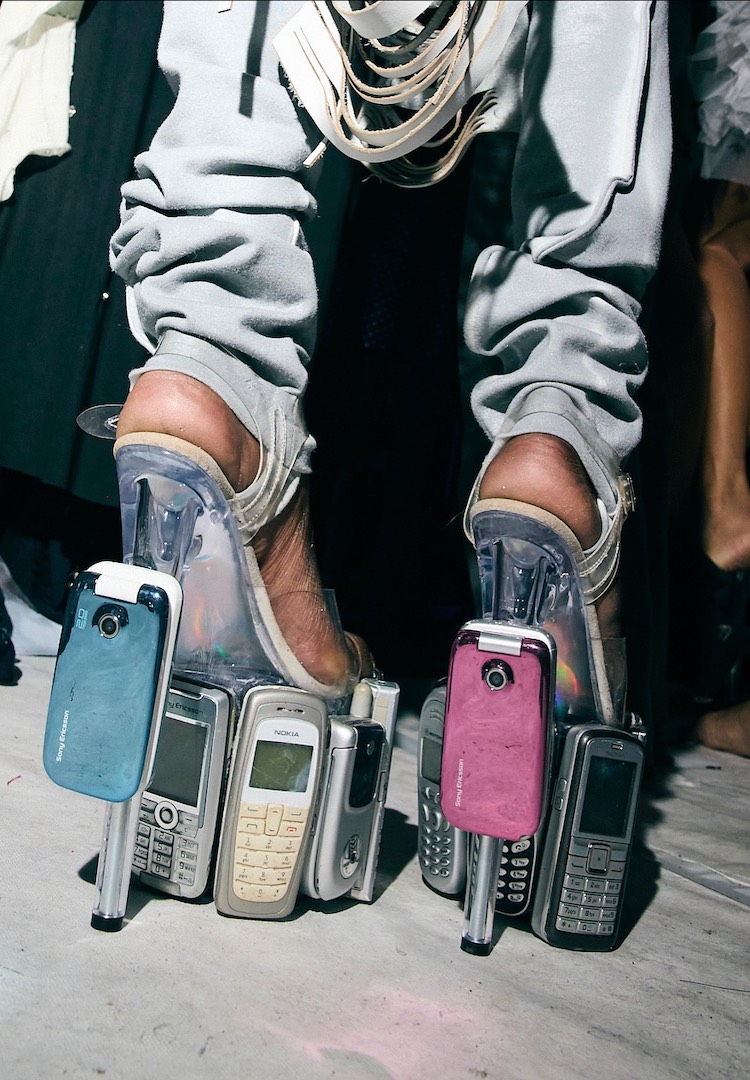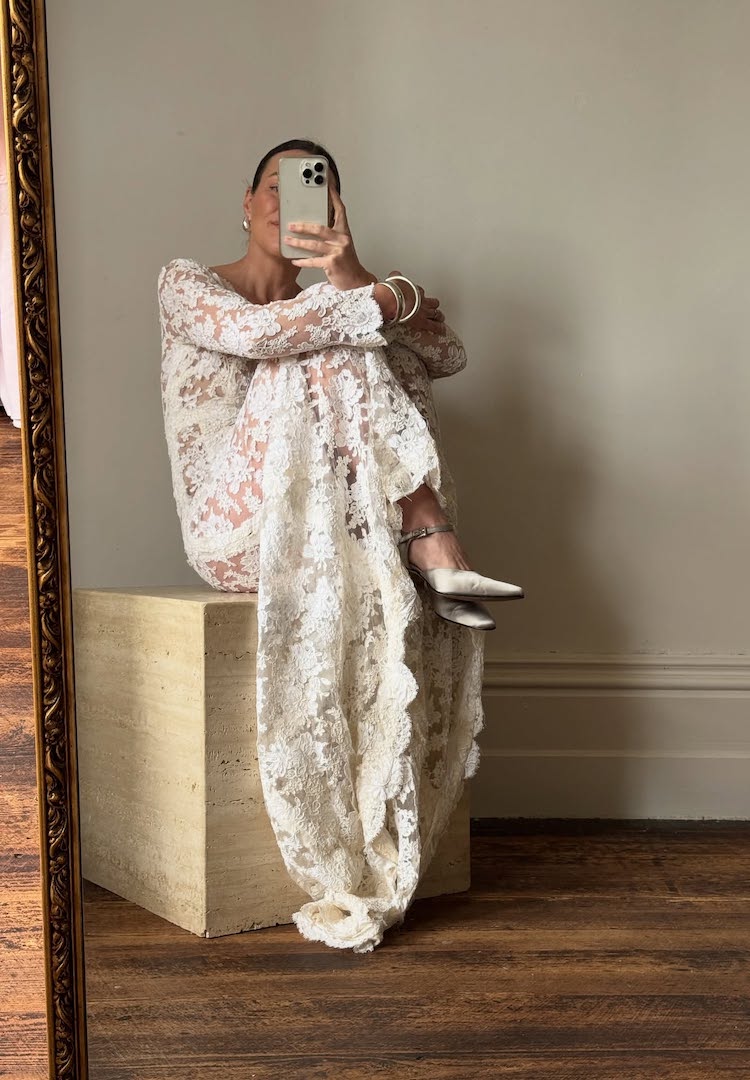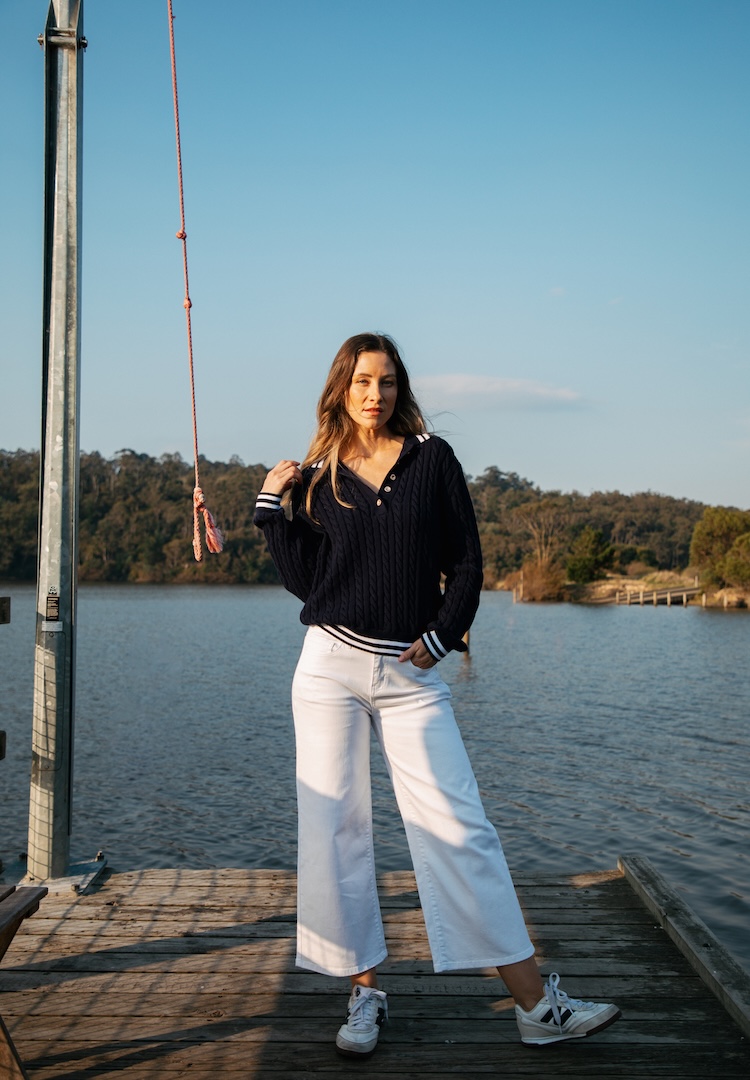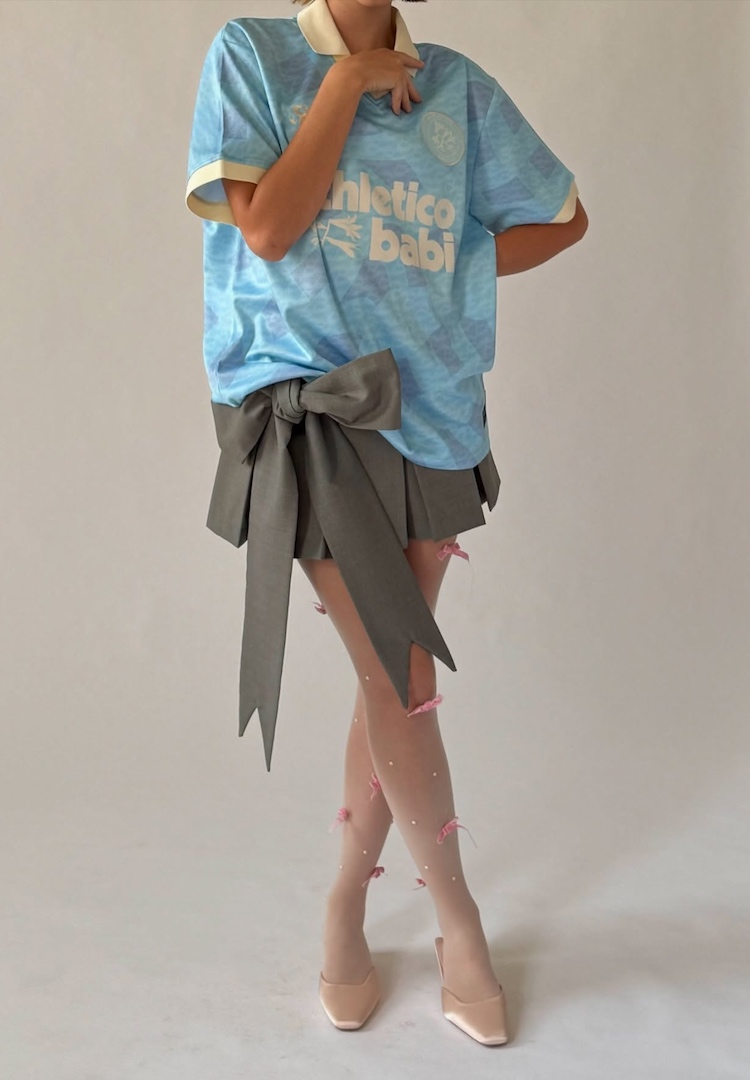We all love locally made fashion, but where are the materials really from?
Image via @abch.world/Instagram
WORDS BY Emma Hakansson
Do you know who made your new knit’s yarn?
It probably goes without saying that we love locally made fashion. Clothing you buy from the person who made it, perhaps a friend of a friend just a suburb over or from the maker you see sewing on your Instagram feed while her dog sleeps by her feet. It’s wholesome, not just because of the aesthetic of it all, but because it’s more ethical.
With this kind of fashion, an individual person does a little happy dance when we give them a sale. A sale that helps them pay their rent, feed their dog, have their morning coffee and live their life. Sometimes, locally made fashion means a business made up of one person, and other times it means a team of people, working in an environment any of us would be happy to, for an amount of money that they deserve, and that they can live on comfortably.
Love Australian fashion as much as we do? Explore emerging local talent in our Fashion section.
At least, it should – not all locally made fashion is ethical in this way, but by and large, and especially when supporting independent makers, it is. Ethical, that is, in tier one of the supply chain. You may be thinking ‘Tier one – what’s that?’ Basically, this means that clothing production is ethical when we think about who is sewing and stitching our clothes, but that there’s a lot more to making clothes than this one part. It’s why during Fashion Revolution Week we’re now encouraged to ask not only ‘who made my clothes?’ but ‘who made my fabric?’ and ‘who made my yarn?’
Supply chains are complicated, full of way more individuals, processes, and businesses than we might first assume. Take for example a basic shirt. Someone had to farm the cotton, gin the cotton, spin the cotton into yarn, dye the yarn, weave the yarn into a fabric, then cut and sew that fabric into a shirt. That’s complicated enough, without adding in further complexities like blended materials that are made of more than one fibre, or shirts that are embellished and embroidered, or that have buttons, which of course are also made of some other material, from some other place, produced by some other people.
It can all get really messy to try and follow, and that’s even before you bring in animal-derived materials, which might also include shearing sheds, slaughterhouses, tanneries, and other places and individuals – human or otherwise – who need consideration. A real headache. When we take this step back and look at all of the different aspects that make up a truly ethical piece of clothing, locally made fashion becomes less idyllic, or at least, it can.
While we love supporting our friend who sews the cutest summer dresses, or who knits the cosiest jumpers, does that friend know where their materials came from, and at what cost? What is she, and what are we, really buying into? There’s no doubt independent, locally made fashion is an improvement upon the norm, in which 2 per cent of all garment workers do not make a living wage that can sustain their most basic needs. At the same time, this doesn’t mean we shouldn’t want and seek the most ethical version of locally made fashion that we can find.
The trouble is, some of the most transparent, sustainable and ethical materials out there are harder to reach. To learn more about this, I spoke to Courtney Holm, the founder of locally made, sustainably circular brand, A.BCH. Courtney tells me that for local designers, “the biggest barrier is accessibility”.
“Small and independent designers often can’t afford high MOQs [minimum order quantities], or even know where to find traceable materials since they’re typically dealing with a wholesaler, rather than a raw material supplier directly,” she explains.
Lois McGruer-Fraser, the brains behind Lois Hazel, another beautiful, locally made and ethical brand, mirrors this view when reflecting on the beginnings of her label. “When I first started Lois Hazel back in 2015 I focused on using end of line or dead stock fabrics because I knew I wasn’t able to meet minimums to some of the more ethical and sustainable fabrics… Deadstock was a great solution because there weren’t any minimums I needed to meet, and it also was a great way to use fabrics that have just been sitting around and that could eventually end up in landfill because they weren’t getting used.”
View this post on Instagram
While deadstock fabrics (those essentially being wasted by larger brands) are great and are used by a bunch of independent brands, they can be limiting in that there’s only so much of a certain fabric available, and designers have less freedom to create something specific for their garments.
Queue A.BCH again. As well as being a label, A.BCH has created Circular Sourcing, to help more local brands get access to better materials. Courtney tells me that “often we have no choice but to purchase large quantities of raw materials that, while innovative, are hard to find or access. Circular Sourcing is a way we can share our surplus with small designers, makers, students, or anyone looking for circular materials who wouldn’t otherwise be able to afford or acquire [them].”
Historically, the fashion industry’s designers and material wholesalers have been secretive about where they source their raw materials, their dyes, their yarns, and everything else. This is partly because of an idea that some other brand will ‘steal’ their supplier, making ‘competition’ more difficult for those involved. Often, as Courtney notes, it can also be “because they don’t know, don’t care to know, or know that the process is questionable”.
She continues on a more hopeful note, “now that transparency is trendy, it’s becoming a little easier”. Similarly, Lois, who shares a list of every supplier she works with on her website, feels “the future of fashion is in us being a lot more open, honest and transparent about how we do things”.
When I asked Lois for more thoughts on her radical openness, she said that “by showing other brands we aren’t scared to share our resources, it will allow others to hopefully do the same, hopefully inspire them or lead them in a better direction. I don’t want to keep my suppliers a secret because if they are doing something great, the best way for them to continue to do that greatness is for others to support them. I think that in order for our fashion industry to become healthier we need to work together”.
View this post on Instagram
“We need to lead each other, collaborate and encourage each other to do better. I don’t think it should be a race or a competition of who is more sustainable or ethical but rather ‘Hey, I’ve found this great solution to this problem we’ve all been trying to solve and I’d love for you to know about it’.”
These conversations have brought about interesting questions around what makes a brand special, what place competition has in a healthy fashion system full of designers seeking a living off making clothes, and whether ‘ethical fashion’ is just as much about supportiveness and collaboration, as it is fair production. Lots to ruminate on.
So, what does this all mean for us lovers of supporting locally made fashion? It means, in essence, that questions are good. Building relationships with the brands we buy from as consumer citizens is just as important as it is for designers to build relationships with those they source their materials from.
If we love a local designer, we should help them grow and cater to their audience by asking for more transparency, by asking specific questions about how they source, and by telling them what we’re looking for, in terms of sustainability and ethics in fashion. We might find assurance that all is well, or we might take part in a ripple effect of change. After all, who is going to help transform the future of fashion, if not all of us?
Head here to view the Circular Sourcing Etsy shop.

